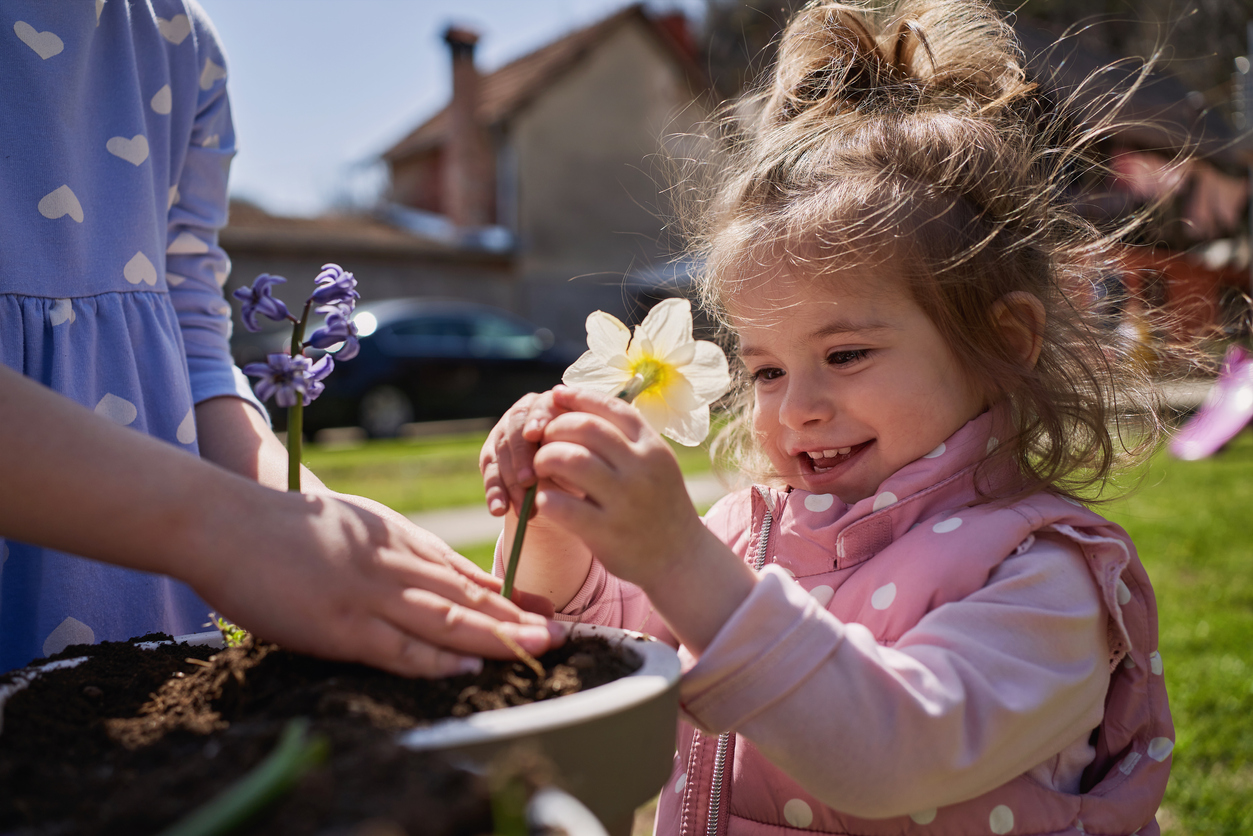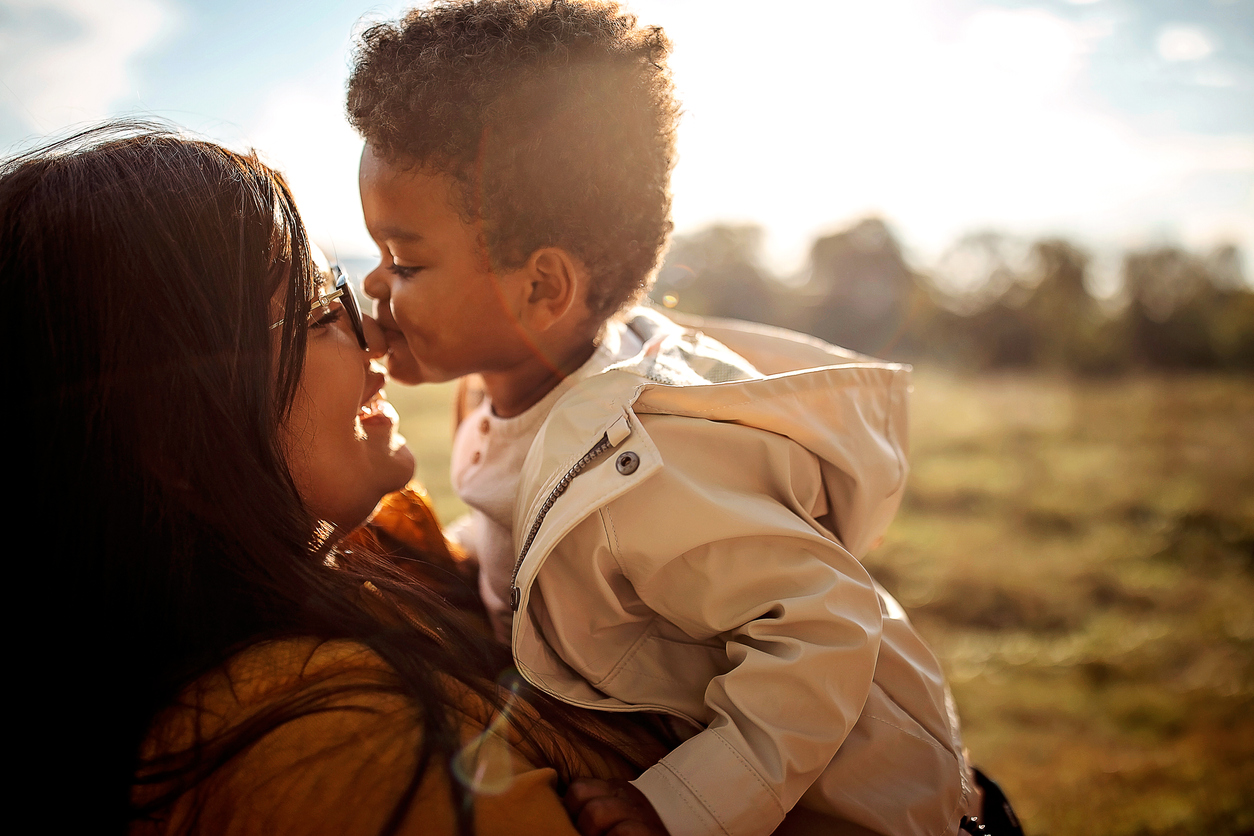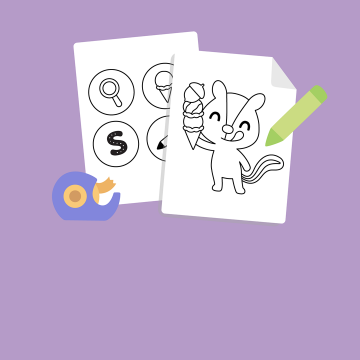- 8 Easy Ways to Incorporate Unstructured Play into Every Day
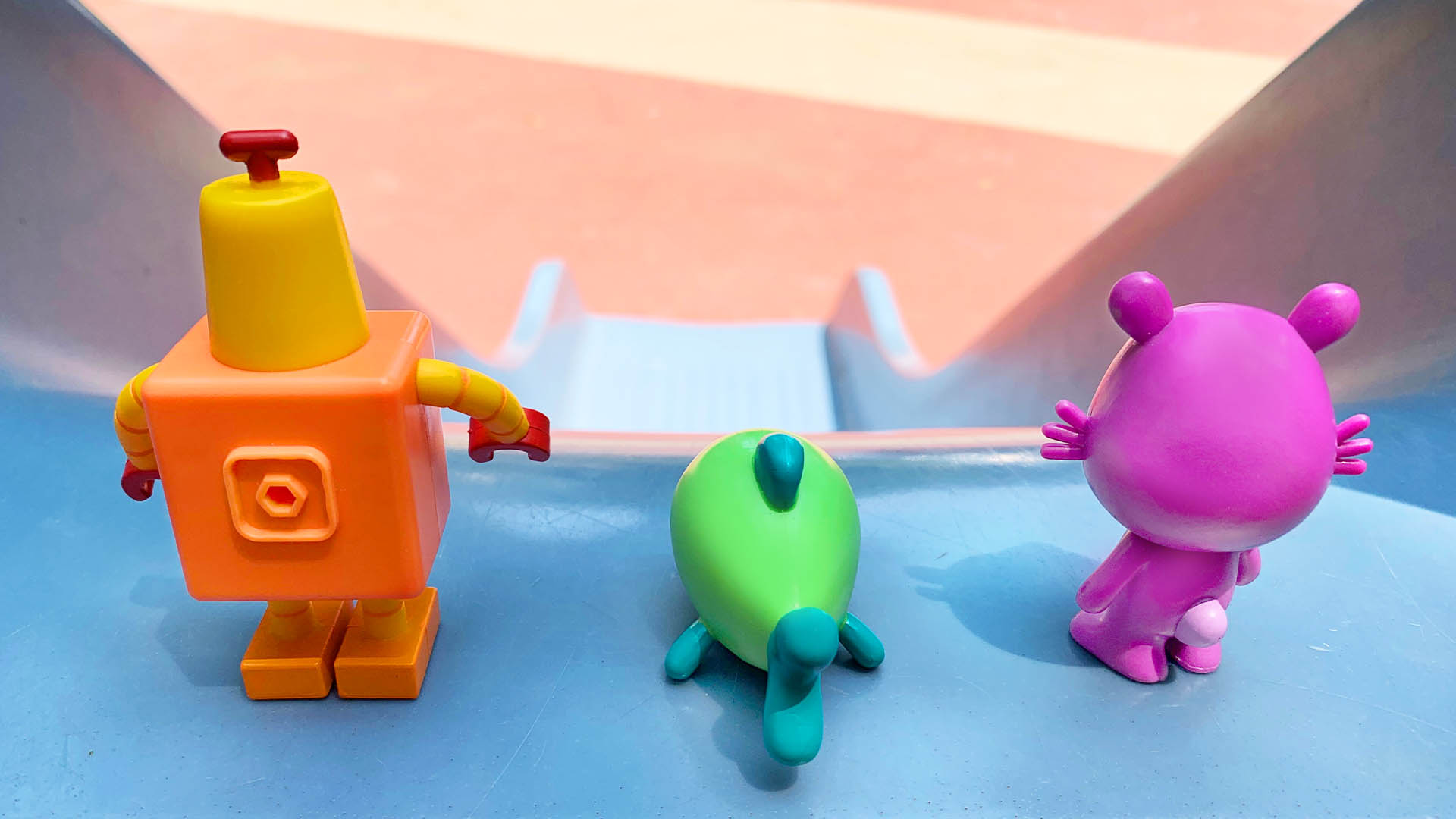
While unstructured play used to be de rigueur amongst the preschool set, a peek inside a modern parents’ planner will often reveal the opposite – from after-school soccer practice to weekend piano lessons, it can be hard for kids to find time to do, well, whatever they want. While planned activities and structured, regimented play offer excellent opportunities for enrichment, the benefits of free, open-ended play are too numerous to number. (But count developing emotional intelligence, increasing self esteem and promoting cognitive skills amongst them!)
So what is unstructured play? The Canadian Public Health Association defines it as “what happens when children follow their instincts, ideas and interests without an imposed outcome.” Simply put, it’s how kids play naturally. And while it can be facilitated by adults, it shouldn’t be guided by them. So we’ve put together a few fun activities for kids that will encourage unstructured play – without too much input from us grown-ups.
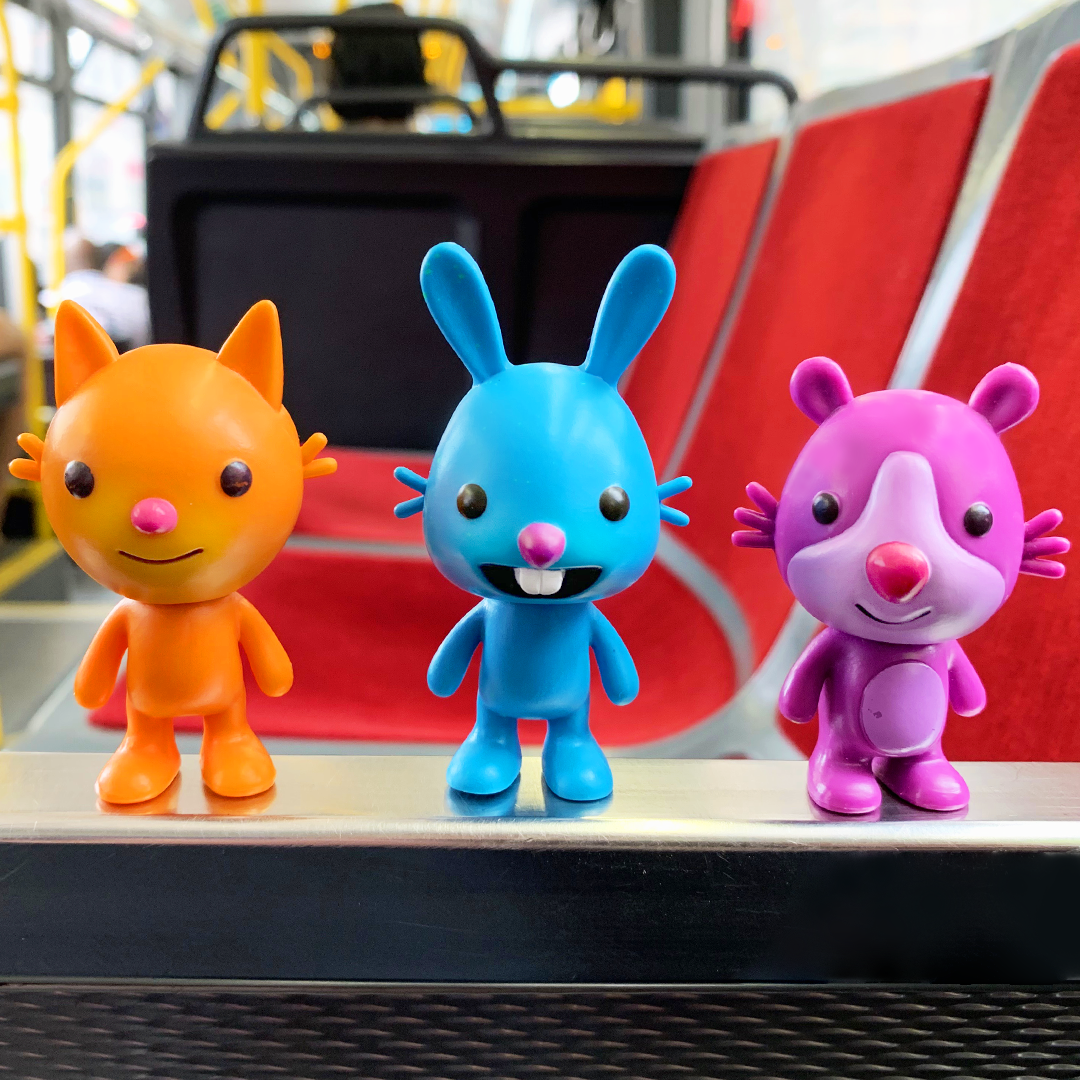
8. Pick-Up Play
That precious hour after preschool pick-up is perfect for unstructured play: parent and child are jazzed to be in each other’s company, and little ones can’t wait to share. Start by asking open-ended questions about their day to get them talking, then try playing an easy on-the-go game – try asking them to describe what they see out the window of the car or on the subway, and then ask them to imagine how they might see things differently if they were someone else. What if they were a fly on the wall? Or an alien landing on earth for the first time? What about the president?
7. Unstructured Play, Al Fresco
Opportunities for unstructured play abound in the Great Outdoors (or, the Great Neighbourhood Park for you urbanites!). Even a lazy afternoon walk can turn into an open-ended adventure: head out on a mission to collect heart-shaped rocks, or play an outdoorsy game of I Spy. Even bringing their toys outside can breathe life into forgotten favourites – perhaps by setting their collection of Sago Mini figurines out on a grass safari, or bringing Barbie along on a sandbox archaeological dig.
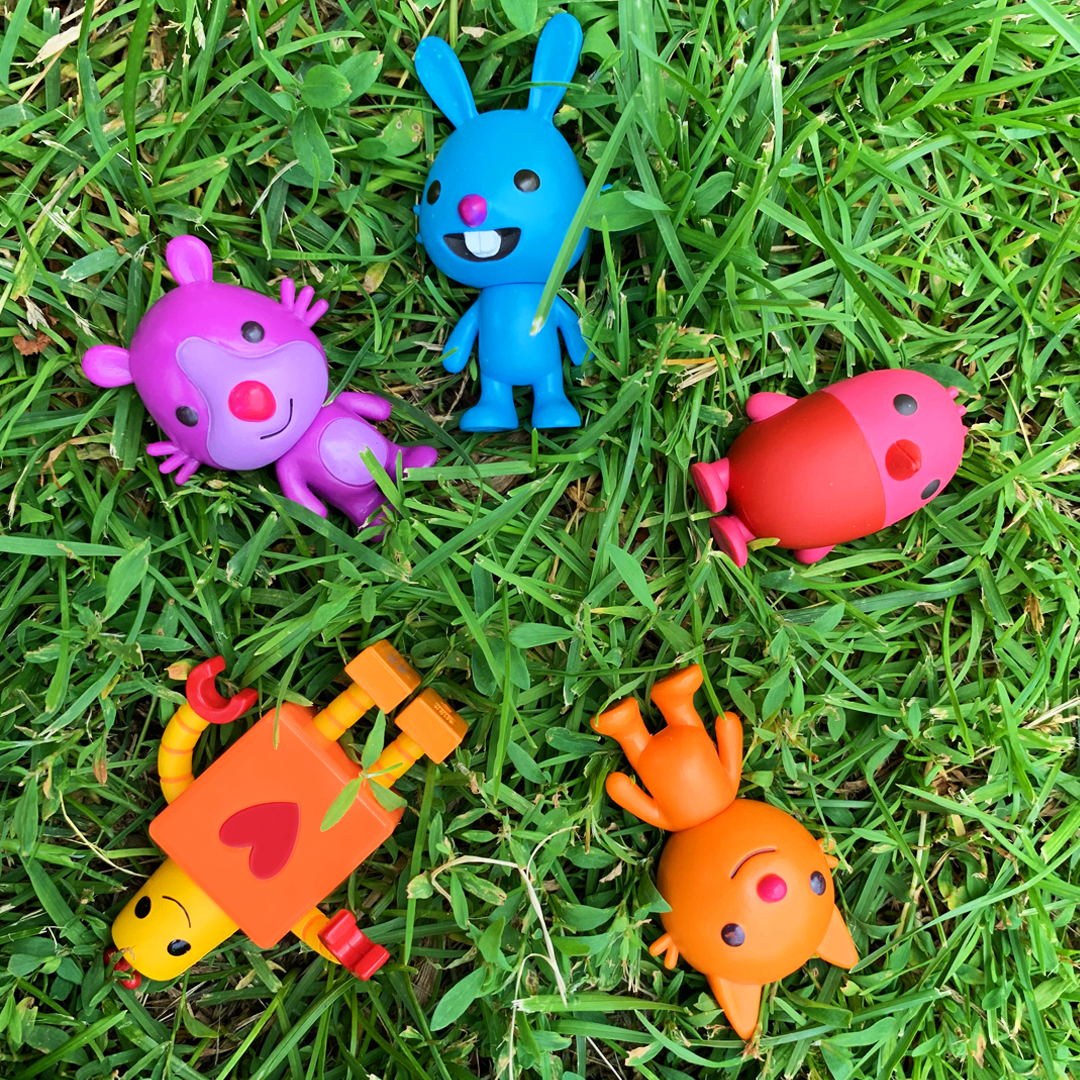
6. Mindful moments
Open-ended exploration can take place in the quieter ‘in between’ moments too. Look for opportunities to slow down and engage your child with what’s happening right here and now. An orange at the grocery store becomes a lesson in colour theory – can they describe the colour? Is it really orange or is it more yellow or brown? – while the sweet minutes before bed can be spent inventing new shadow puppets.
5. Playdates
Nothing rivals the boundless creativity and imaginative power of multiple young minds at play. Facilitating open-ended play at playdates is as much about staying out of the way as it is suggesting activities or planning their time. Think gentle supervision and hands-off facilitation – stock the place with dress-up clothes, craft supplies and lots of unobstructed space and watch the magic happen.
4. Free Time Timer
It may be tempting to pack kids’ schedules full of structured, enriching activities, but when schedules are full and free time is rare, it’s harder for kids to discover what they like on their own terms. Unsure of where to start? Set a timer for an hour of free time, and tell your kids they can do whatever they want (within reason!). Observe what they gravitate towards, and take notes. If they choose to sit quietly in a corner with some art supplies, you could try scheduling one fewer sporting lesson for some drawing time or a trip to a local art gallery.
3. Ask questions
Naturally inquisitive, kids love answering questions – which also builds creativity, develops reasoning skills and kickstarts curiosity. Anything from ‘how was your day?’ to ‘if you were born in the year 2029, what would your life be like?’ can trigger an imaginative tale to rival any Pixar classic. Try turning your Q&A period into a pretend-play game, with one of you playing as reporter and one as subject. Give them a topic like ‘Kid wins Nobel Peace Price!’ or ‘Great Monkey Escape from Local Zoo’ and see what clever questions they can come up with.
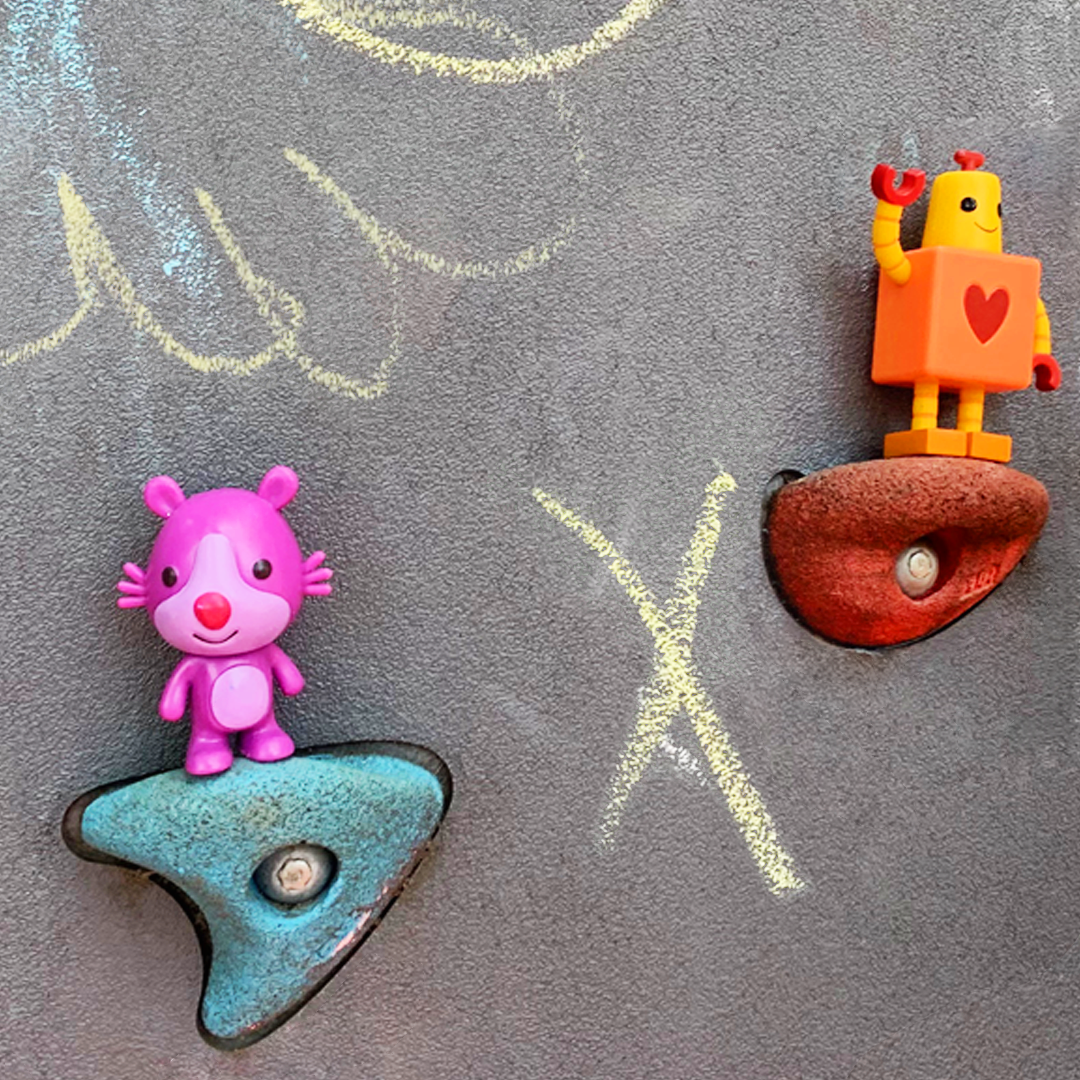
2. Outside the (Toy) Box
A great way to facilitate unstructured play without intervening is to stock their toy box with open-ended play objects. Kids love the thrill of discovery, and they’ll feel ownership and pride over their play experience.
A few suggestions:
-’Blank slate’ toys – these are basic play objects that kids can use as props to facilitate whatever imaginative play they’re into (think blocks, boxes, pots and pans, blank paper)
-Pretend Play toys – think playsets (like our Portable Playsets and Pillow Playsets), and themed sets (like wooden tea sets, plastic food, etc.)
-Multi-purpose toys – often simple objects that serve more than one purpose; nesting bowls can be played with as is or used as imaginary tea cups, dolls can act as audience members, conversation partners or empathetic listeners
1. A Play Space of One’s Own
While outdoor time seems to naturally encourage unstructured play, fun indoor activities are a necessary rainy-day ritual too. To encourage open-ended play at home, create a playspace or area where kids feel confident playing on their own, writing their own rules and, yes, getting a little messy.
A few tips:
-Move toy boxes, books and craft supplies to easily-accessible shelves so kids can direct their own play
-Give them as much open space as possible, facilitating an area for impromptu dance breaks and large-scale finger paint murals
-Consider installing a chalkboard wall or large kraft paper dispenser, so kids never need to hunt for supplies when inspiration strikes
-Create a ‘messy zone’ (be it outside or inside) with a tarp or drop cloths, where making mistakes and making a mess are allowed – and encouraged
